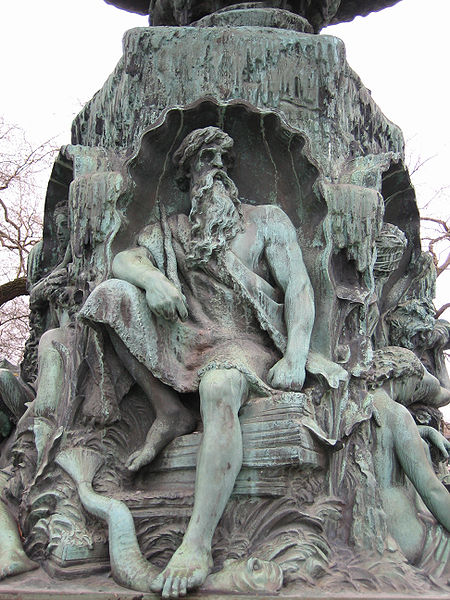Læsø is the largest island in the North Sea bay of Kattegat, and is located 19 kilometres (12 mi) off the northeast coast of the Jutland Peninsula, the Danish mainland. Læsø is also the name of the municipality on that island. The island is a location mentioned in several instances in Old Norse sources detailing Norse mythology.
Højsande, Læsø
A particular feature of Læsø is its half-timbered houses thatched with eelgrass
Apis mellifera mellifera
Læsø kur
Ægir, Hlér, or Gymir, is a jötunn and a personification of the sea in Norse mythology. In the Old Norse record, Ægir hosts the gods in his halls and is associated with brewing ale. Ægir is attested as married to a goddess, Rán, who also personifies the sea, and together the two produced daughters who personify waves, the Nine Daughters of Ægir and Rán, and Ægir's son is Snær, personified snow. Ægir may also be the father of the beautiful jötunn Gerðr, wife of the god Freyr, or these may be two separate figures who share the same name.
Ægir, Rán and their Nine Daughters prepare a huge vat of ale. 19th-century Swedish book illustration of the Poetic Edda.
An anonymous illustration of Ægir published in 1901
J. P. Molin's fountain relief featuring Ægir and his nine daughters
Näcken och Ägirs döttrar by Nils Blommér, 1850, depicting Ægir and his nine wave daughters







